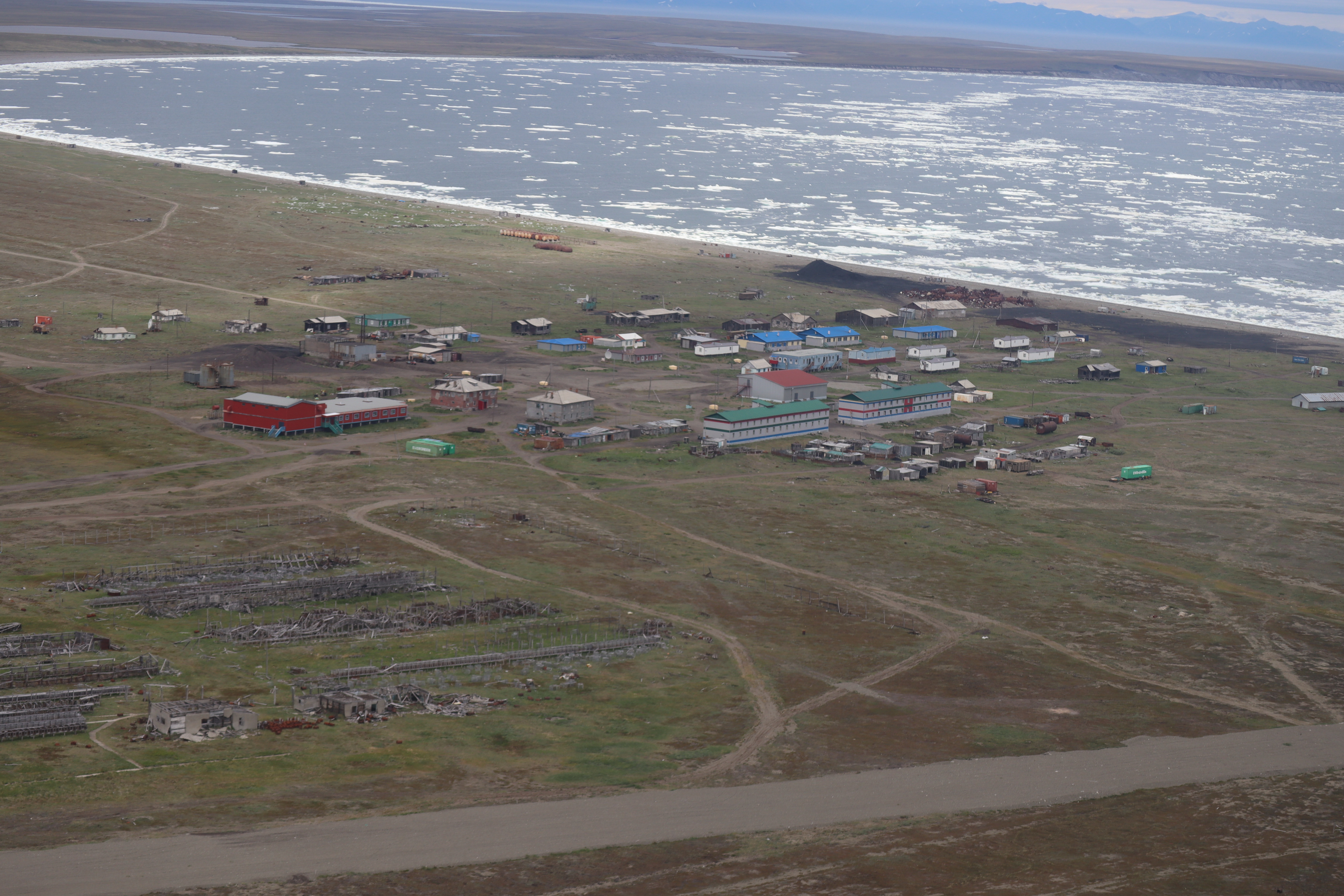Demographics
Urban population of the Chukotka autonomous area accounts for 70% of the overall number of residents (34,844 persons), rural population accounts for 30% (14.741 persons). In 2013-2017, the area manifested natural population increase and positive dynamics of average lifespan. The number of newborns remained stable. In 2017, there were 649 newborns, overall birthrate was 13.1 per mille, which is 1.6 per mille higher than the average birthrate in Russia, and 0.8 per mille higher than the Far North average.
Migration outflow against the background of natural population increase constitutes the principal demographic problem in the Chukotka autonomous area. By 2017, the outflow totaled 656 persons, an increase of 85% compared to 2013 (354 persons). Inter-regional migration is the main type of migration flow. The migration outflow exceeds natural population increase thereby resulting in average population numbers falling in 2013-2017 from 50,600 to 49,300 people.
The total number of Inuits, according to the 2020 All-Russian Population Census, is 1,659 people (793 men and 866 women).
Official censuses held in 1939, 1959, 1979, 1989, 2002, and 2010 demonstrate Inuit numbers in Chukotka. Overall, their numbers fell from 2.146 to 1.529 persons. Chukotka Inuits saw a sharp drop in its population between 1939 and 1959: from 2.046 to 1.064 persons. Since 1959, their numbers were climbing slowly or remained stable. Percentage-wise, the number of Inuits in Chukotka has also been falling from 9.51 % to 3.03 %. However, this indicator has been climbing gradually since 2002: while in 1989, Inuits accounted for 0.89 % of the area’s population, in 2002, they accounted for 2.85 %, and in 2010, for 3.03 %.
Table 1. Numbers of Asian Inuits per Censuses
The Chukotka autonomous area has three cities: Anadyr (13.551 persons), Bilibino (5.494 persons), and Pevek (4.140 persons). There are five urban-type settlements (Ugolnye Kopi, Provideniya, Beringovsky, Egvekinot, and Mys Shmidta), with population of around 4.000 persons in each settlement. The census showed that in 1989–2002, the urban to rural population ratio in Chukotka underwent a small change with 67 % of urbanites and 33 % of rural residents. In 2008-2011, the ratio remained virtually unchanged. As of January 1, 2019, the area has 35.200 urban residents and 14.500 rural residents. Inuits mostly live in ethnic villages.
The Village of Uelkal, June 2022. Photo by Pavel A. Filin
























































